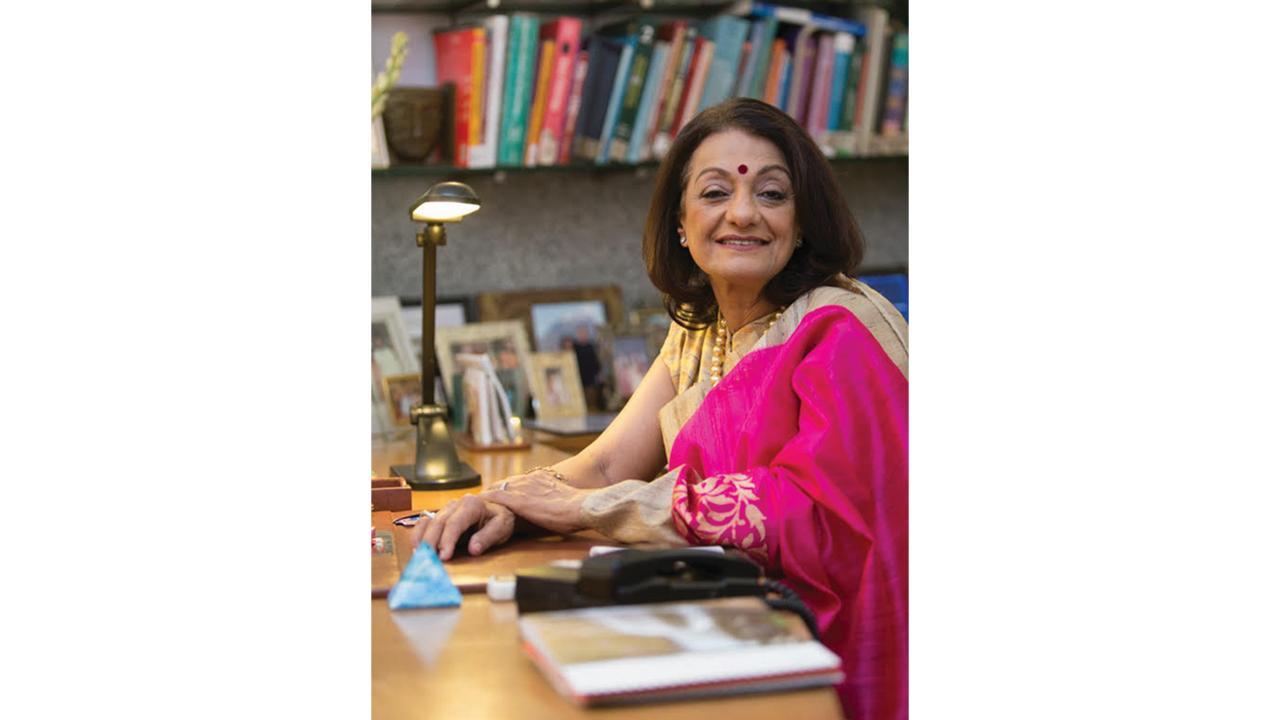It has taken the Science of Assisted Reproduction commonly called “IVF”, only 40 years from when it was initiated, till what it is today!

Dr. Duru Shah
As the years have gone by, there have been fantastic developments in this field with the availability of better medications, better hormone assays and excellent ultrasound techniques to monitor the treatment cycle. This has enabled the fertility expert to generate, monitor and aspirate better eggs quickly without even a tiny scar. Besides there have been excellent laboratory techniques developed especially “Vitrification” which assists in freezing embryos, eggs and sperms, giving us as good results as with fresh cycles. Availability of donor sperms, donor eggs and donor embryos, has been extremely useful in solving problems which cannot be resolved medically, especially in couples with poor sperm and egg quality.
ADVERTISEMENT
I can relate a few examples of where Assisted Reproduction truly helps. A single woman can now have her own child through sperm donation, And if she has not yet found the right partner in life, she can freeze her young eggs, without worrying about her biological clock ticking away, in order to improve her chances of a normal healthy baby, whenever she gets married at a later date. An older woman whose eggs have been exhausted can opt for donor eggs, which are fertilized with her husband’s sperms and the pregnancy carried within her own uterus! Another very useful situation is when a young woman or man suffers from cancer, she / he can freeze their eggs / sperms for future use, before starting cancer therapy, because once cancer therapy starts, it can drastically affect the quality of eggs and sperms, giving rise to infertility.
A woman who is born without a functional uterus or when her uterus has been surgically removed for a medical reason, can utilize the services of a Surrogate, who carries her embryo through the pregnancy. And once the baby is born, the surrogate mother hands over the baby to the original mother. Similarly, when the male partner has no sperms in his semen, sperms can be aspirated directly from his testes. And if too few to aspirate from the testes, then a small biopsy from his testes is taken, single sperms are picked up maybe just 10-15 in number, which are enough to fertilize 10-15 eggs, through a procedure called “ICSI” i.e. Intracytoplasmic sperm injection.
All this has been possible in the last 40 years, all this is being done by all of us today. The Science of Assisted Reproductive technology (ART) has assisted millions of couples and today we celebrate the Nobel Prize Winners Profs. Edward and Stepto who imagined this scenario, worked hard on the Science of Invitro Fertilization (IVF) and have given us this technology, a beautiful gift to human beings!
The Science of Human Reproduction is galloping fast and I can foresee that 20 years down the road, we may be able to offer a 100% chance of getting pregnant in the first cycle of treatment itself! The entire world is working towards it, but we are not there as yet!
The author is the Director of Gynaecworld, the Center for Women’s Health and Fertility
Dr. Duru Shah
Director, Gynaecworld
Facebook page: https://www.facebook.com/gynaecworldfertility/,
 Subscribe today by clicking the link and stay updated with the latest news!" Click here!
Subscribe today by clicking the link and stay updated with the latest news!" Click here!






